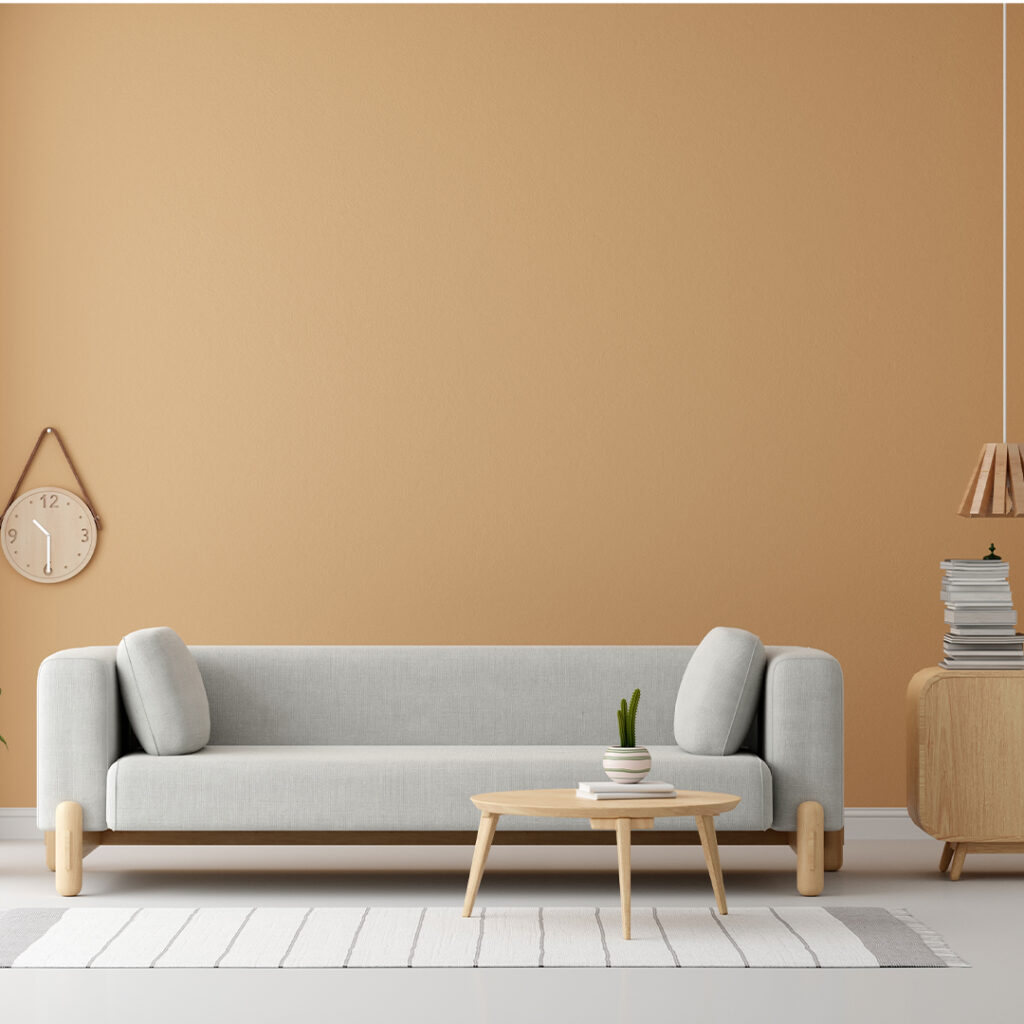
Choosing the right paint for your home is like picking the perfect outfit for a special occasion. It sets the mood, enhances aesthetics, and leaves a lasting impression. Whether you’re renovating or just refreshing your living space, this guide is here to help.
In the next few minutes, we’ll explore how to choose the best wall paint ideal colours, finishes, and textures that will transform your home into a beautiful and stylish haven. Let’s begin this journey to discover how to pick the perfect wall paint for your home.
Understanding Your Needs
Selecting the best paint for home starts with a deep understanding of your specific needs and desires. Just as each room serves a unique purpose, the paint you choose should align with those intentions. Here’s how to get started:
1. Assess Room Size and Lighting
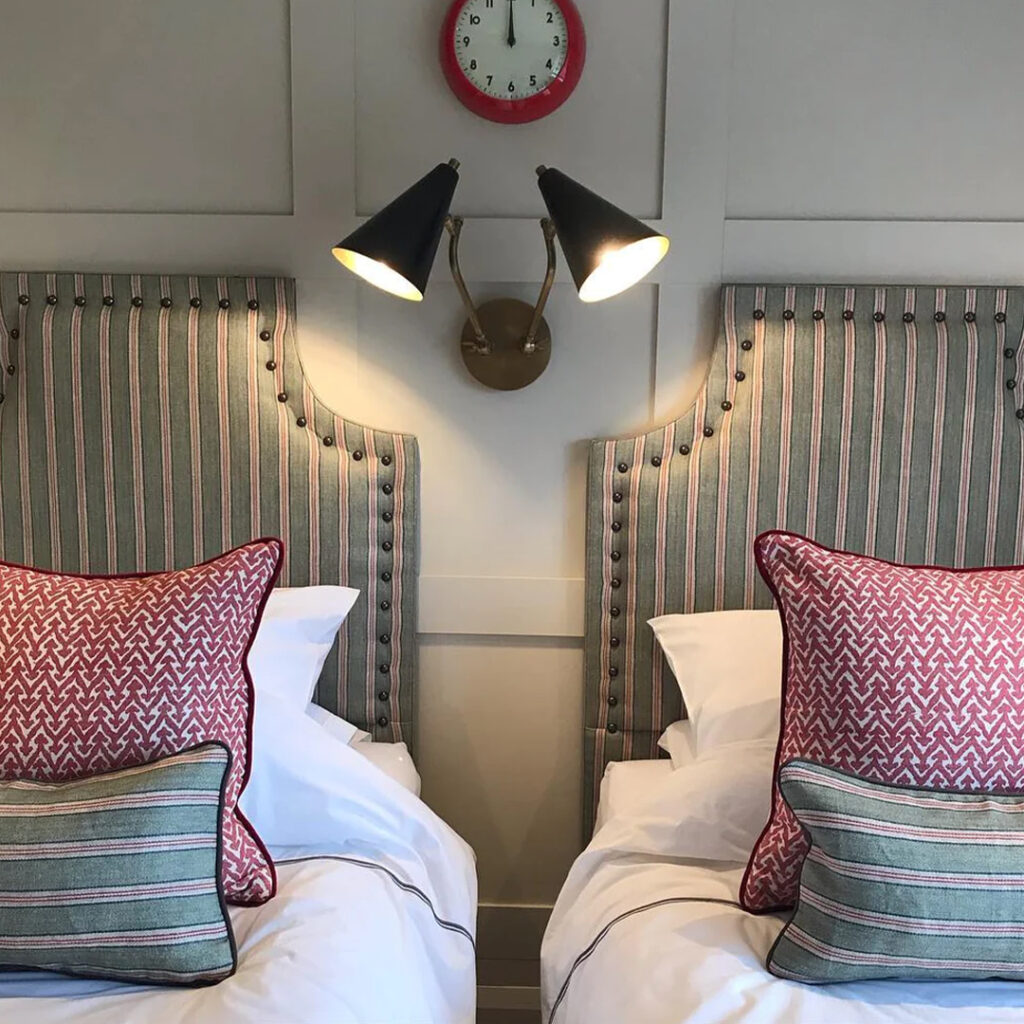
Before diving into colour choices, take a moment to consider the practical aspects of the room. Is the room spacious and open, or cosy and intimate? Does it receive an abundance of natural light, or is it situated in a darker corner of your home? These factors play pivotal roles in your paint selection.
- Spacious vs. Cozy: Lighter colours tend to create a sense of openness and airiness, making them ideal for smaller spaces. Conversely, darker shades can impart a cosy and intimate atmosphere, perfect for rooms where warmth and comfort are desired.
Lighting Matters: Well-lit rooms offer more flexibility when it comes to colour choices, allowing you to experiment with a broader spectrum of colours. In contrast, rooms with limited natural light may benefit from lighter, brighter shades to maximize illumination.
2. Define the Mood

Each room in your home should evoke a distinct mood or ambience that aligns with its intended purpose. Consider the following examples:Bedroom Serenity: For a tranquil and restful bedroom, consider soothing blues and greens that promote relaxation and calmness.
Energetic Kitchen: In a kitchen where energy and vibrancy are key, bold reds or sunny yellows can invigorate the space and encourage a lively atmosphere.
Formal Dining: For a sophisticated and formal dining room, elegant and understated colours may be the choice, creating an atmosphere conducive to refined dining experiences.
3. Personal Preferences
Let your personal taste and style guide your choices.
Your home should reflect your personality.
4. Consider the Flow
In open floor plans, ensure colour schemes flow harmoniously.
Understanding these factors helps you select paint that aligns with your vision.
Types of Wall Paint
Once you’ve assessed your needs and defined the mood you want to create in your home, it’s time to dive into the search for the best wall paint in India.
Also, Understanding the different options and their characteristics will help you make an informed decision. Here are some of the most common types of wall paint to consider:
1. Latex Paint:
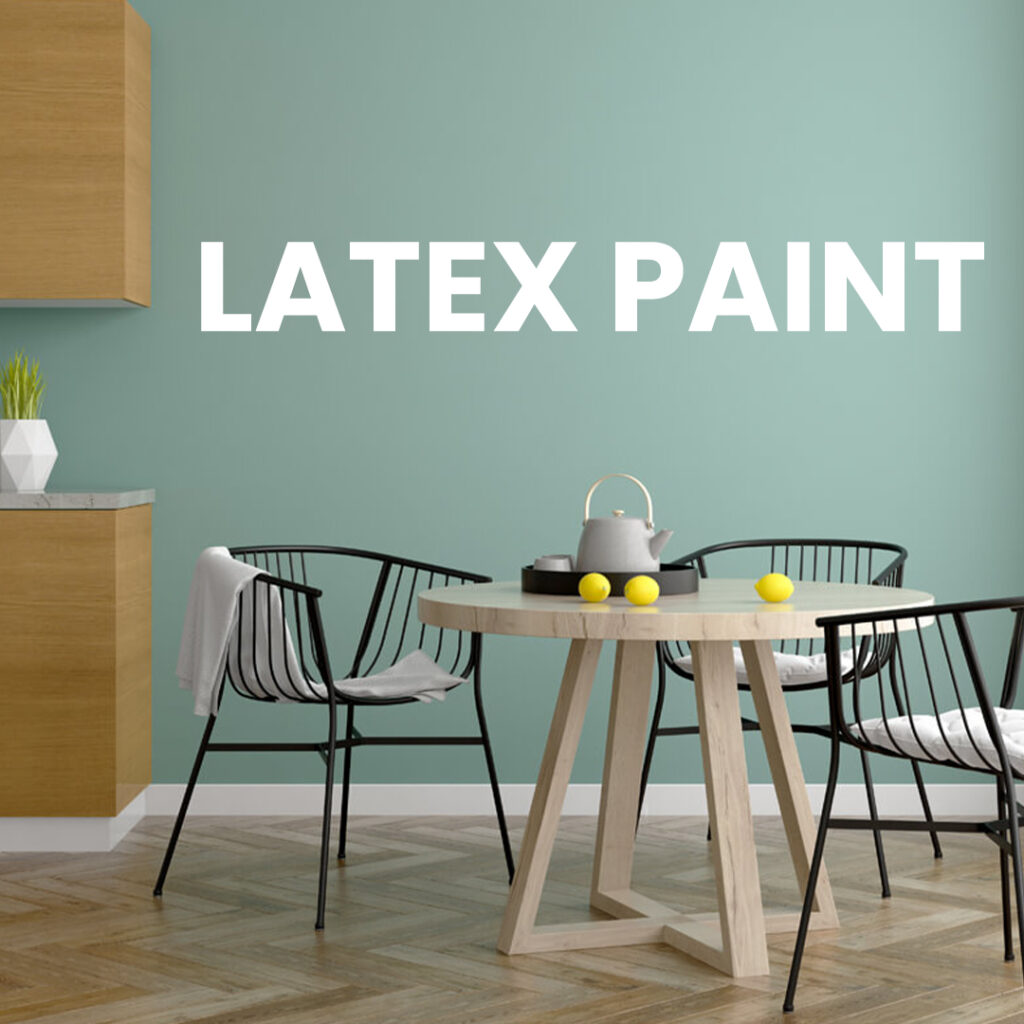
Latex paint, also known as water-based paint, is the go-to choice for the best paint for interior walls. It’s easy to clean up with water, dries relatively quickly, and emits minimal odour. Latex paint is available in various finishes, including flat, eggshell, satin, and semi-gloss, making it versatile for different rooms and purposes.
Flat: Offers a matte finish that hides imperfections but may not withstand heavy cleaning.
Eggshell: Strikes a balance between matte and satin, suitable for living rooms and bedrooms.
Satin: Provides a subtle sheen and is more durable, making it suitable for kitchens and bathrooms.
Semi-Gloss: Offers a high sheen and is easy to clean, making it ideal for high-traffic areas like trim and doors.
2. Oil-Based Paint

Oil-based paint has been a traditional choice for interior and exterior surfaces. It is known for its durability and washability, making it an excellent option for high-moisture areas like kitchens and bathrooms. However, it takes longer to dry than latex paint and emits a stronger odour. Keep in mind that oil-based paints are being phased out in some regions due to environmental concerns.
3. Matte Paint

Matte paint provides a flat, non-reflective finish and is excellent for hiding imperfections on walls. It creates a cosy and classic look but is less resistant to cleaning, making it better suited for low-traffic areas like bedrooms and dining rooms.
4. Satin Paint
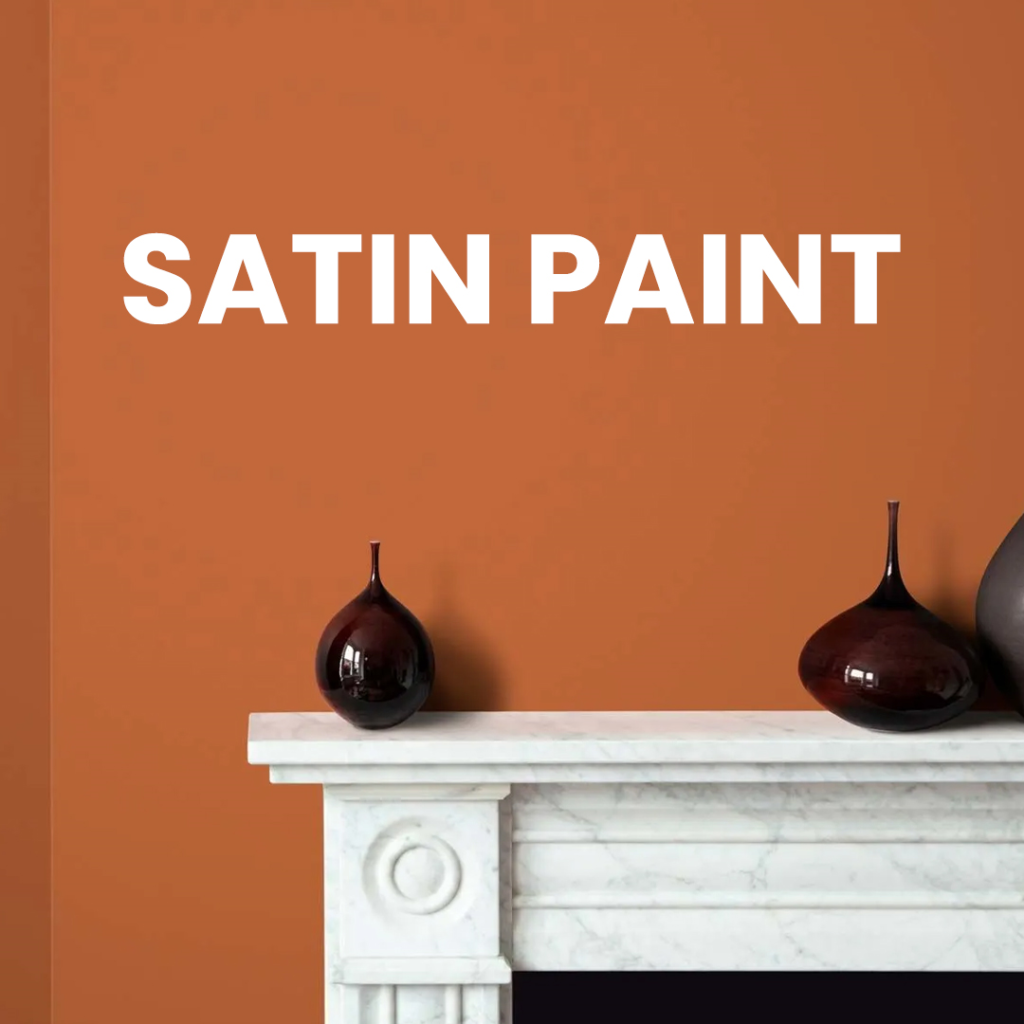
Satin paint offers a subtle sheen that adds a touch of elegance to your walls. It’s more durable and washable than matte paint, making it suitable for family rooms and hallways.
5. Gloss Paint
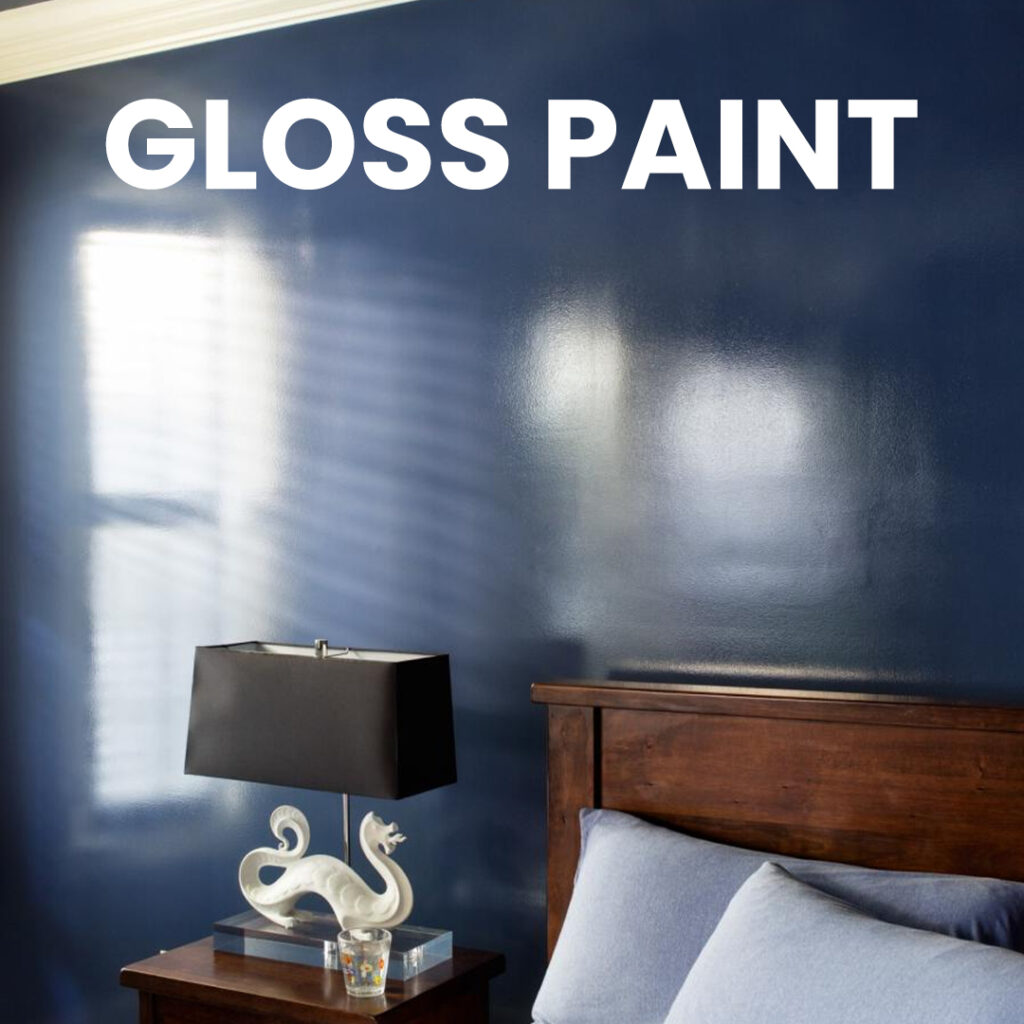
Gloss paint provides a high sheen and is highly durable and washable. It’s commonly used for trim, doors, and cabinets. However, it’s not typically used for entire wall surfaces due to its strong reflectivity.
6. Specialty Paint
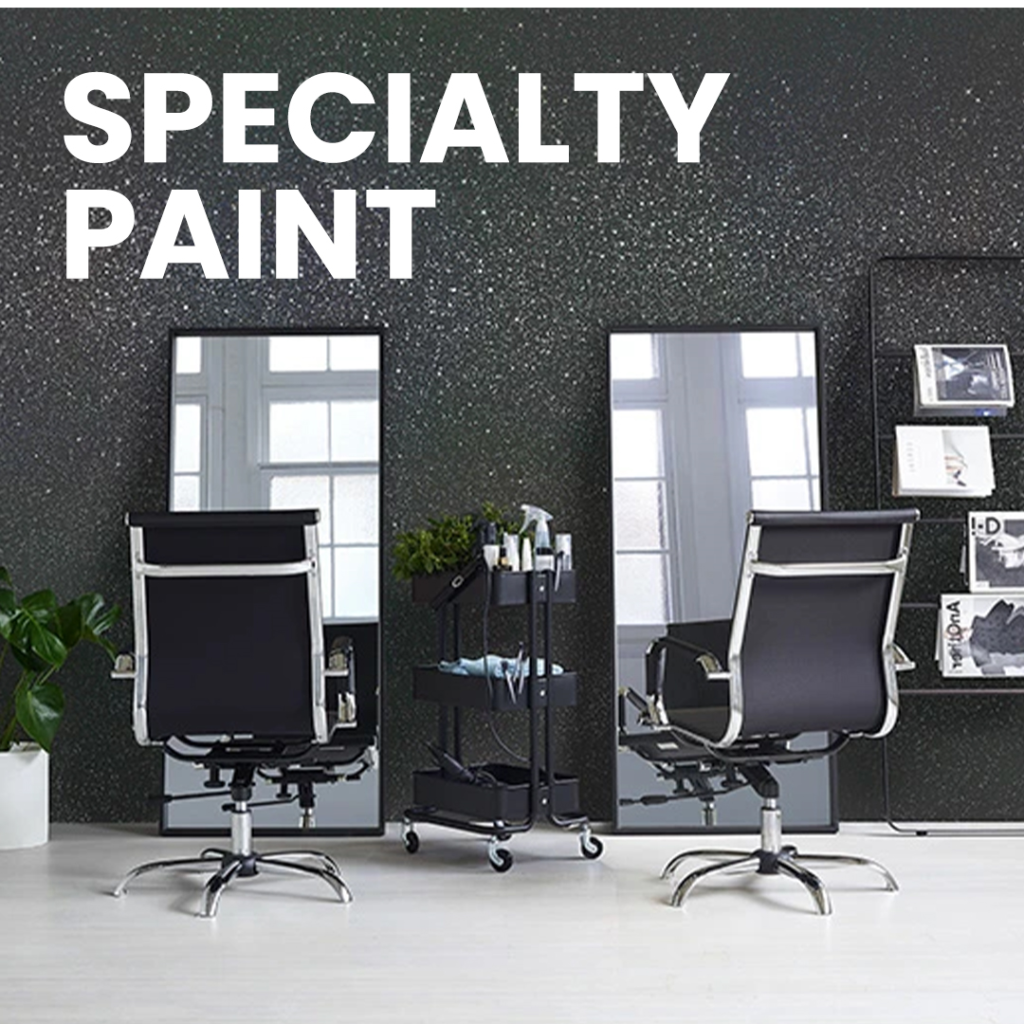
In addition to these common types, there are speciality paints available, such as chalkboard paint, magnetic paint, and textured paint. These can be used to create unique features or accents in your home.
7. Textured Paint

If you want to add depth and character to your walls, consider using textured paint. Textured paint can create a variety of effects, from the look of sand or plaster to more dramatic effects like stippling or ragging. It’s a creative way to introduce unique aesthetics to your space.
When choosing a finish, consider both aesthetic and practical factors. The level of sheen can affect how colours appear, so think about the desired look and how the room will be used. Also, consider the level of maintenance you’re willing to commit to, as higher-sheen finishes are typically easier to clean but may show imperfections more prominently.
Colour Selection
Choosing the right colours for your walls is pivotal in transforming your home’s ambience and aesthetics. Here’s how to approach it:

1. The Psychology of Colours
Colours have a profound impact on emotions and perceptions.
Cool Colors (Blues and Greens) create calmness and serenity, ideal for bedrooms.
Warm Colors (Reds, Yellows, Oranges) energize and invite cosiness, perfect for kitchens.
Neutrals (Whites, Grays, Beiges) offer versatility and timeless elegance.
Bold Colors (Purple, Red, Teals) add drama and personality as accents.
2. Sample Paint Colours
Test paint samples on your walls as colors can look different in your home’s lighting.
Purchase small paint samples or use peel-and-stick swatches to assess the colours during different times of the day.
3. Consider the Room's Purpose
Choose colors based on the room’s function:
Warm and inviting colours for the living room.
Bright and cheerful colours for the kitchen.
Soothing and calming colours for the bedroom.
4. Cohesive Color Schemes
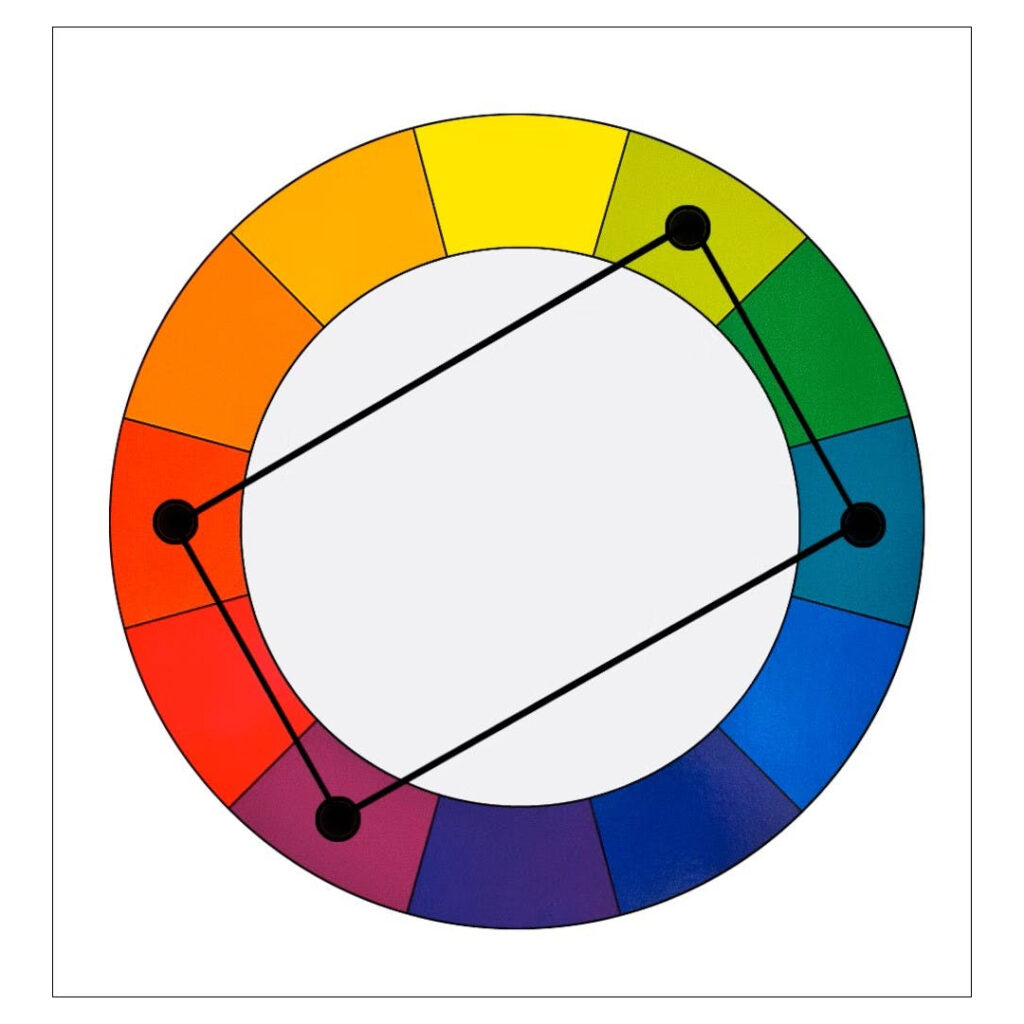
Create a consistent colour palette throughout your home for a cohesive look.
Colours don’t need to be the same in every room, but they should complement each other.
5. Accent Walls
Use an accent wall for a pop of colour without overwhelming the space.
Remember, paint colours can appear differently under various lighting conditions, so testing samples is essential. With a well-thought-out colour scheme, you’ll create a harmonious and visually appealing living space. In the next section, we’ll explore different finishes and textures to add depth and character to your walls.
Conclusion
Choosing the right paint for your home can make it beautiful and cosy. Understand your needs, pick colours carefully, and plan your budget. With the right paint, your home will feel just the way you like it. Enjoy painting!
How do I choose the right paint colour for a small, dark room?
Selecting lighter shades can make a small, dark room feel more spacious and well-lit. Consider soft pastels or light neutrals to brighten the space.
What are some paint colours that promote relaxation in a bedroom?
Colours like soothing blues, calming greens, and soft greys are often chosen for bedrooms as they create a tranquil and restful atmosphere.
Can I paint over a dark wall with a lighter colour without primer?
It's generally recommended to use a primer when transitioning from a dark to a light colour to ensure proper coverage and colour accuracy.
What's the difference between matte and satin finishes, and where should I use them?
Matte finishes offer a non-reflective look and are ideal for concealing imperfections. Satin finishes have a subtle sheen and are more durable, and suitable for high-traffic areas.
How can I test paint samples to see how they'll look in my home?
Apply small paint samples to your walls or use peel-and-stick swatches. Observe them in different lighting conditions to see how they appear throughout the day.

